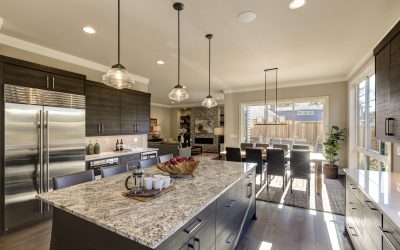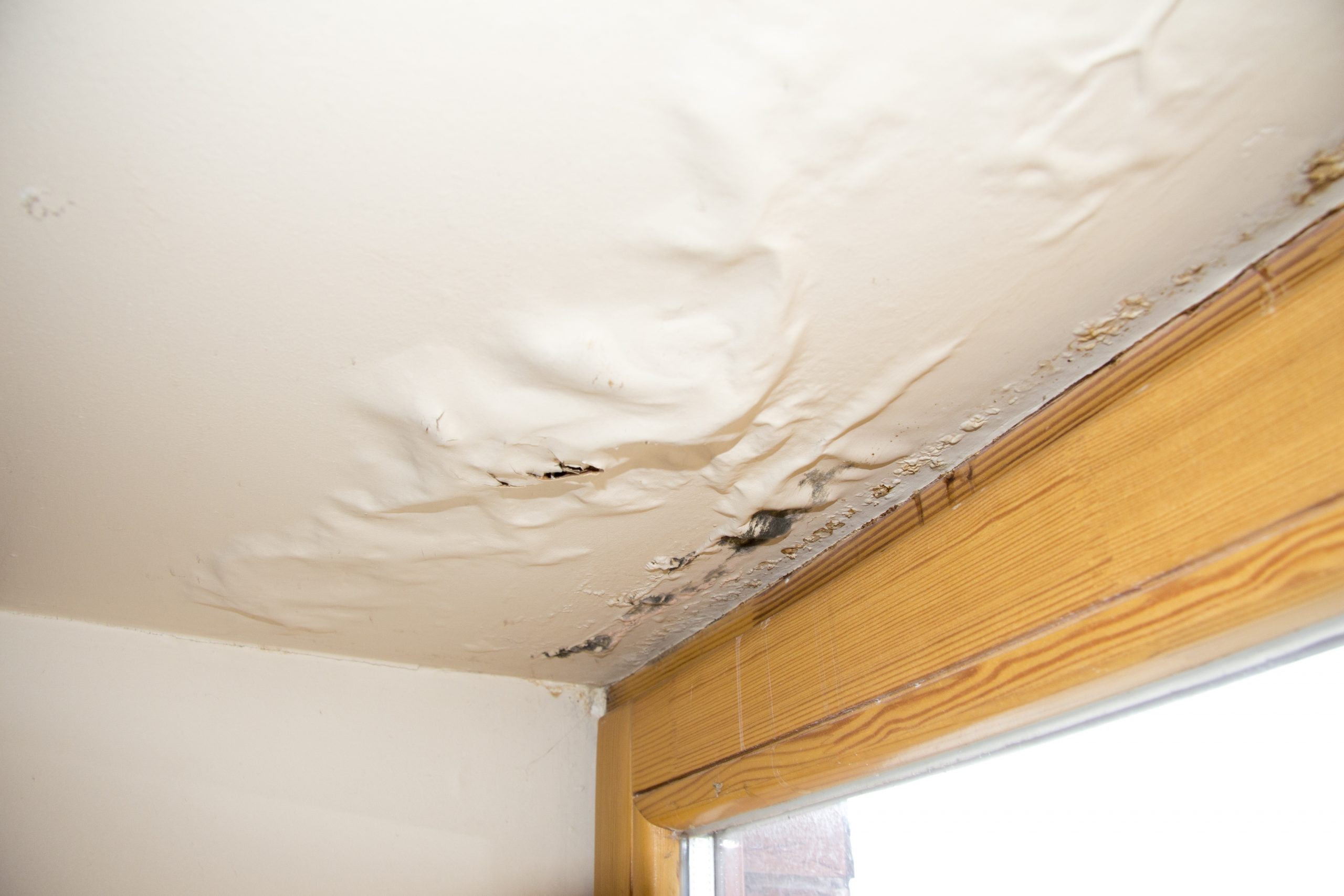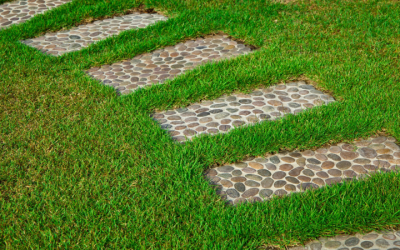Contemporary residential architecture in urban areas offers a fresh perspective on modern living through its elegant blend of form and function. This design philosophy emphasizes openness, clean lines, and simplicity, creating spaces that feel seamlessly connected to the outdoors. In recent years, certain cities have become prominent centers for innovative residential architecture, demonstrating how modern buildings can harmonize with the unique landscapes around them. The appeal of this architectural style lies in its ability to create spaces that are highly functional and visually captivating. Designers and architects are continually pushing boundaries to craft homes that are not only visually striking but also sustainable and adaptable.
Key Characteristics of Modern Homes
The emphasis on minimalism in contemporary home design is one of its defining features. This often translates to clean, geometric lines and an elegantly understated monochromatic color scheme. Homes created in this style commonly feature large windows that allow an abundance of natural light, creating a seamless connection between interior and outdoor spaces. This design approach not only enhances the visual appeal of a property but also promotes a more sustainable lifestyle by reducing reliance on artificial lighting and heating. The use of cutting-edge materials is a primary element in modern home architecture. By incorporating materials like steel, concrete, and glass, modern designs often stand in stark contrast to more traditional structures characterized by brick and wood. The distinctive use of these materials not only sets modern homes apart but also contributes to their durability and energy efficiency.
Integrating Modern Design with Minneapolis Heritage
While modern residential architecture in Minneapolis is forward-thinking, it also respects the rich architectural heritage. Many modern homes are made to blend in with their historically significant surroundings, combining elements that pay tribute to the past while embracing modern design trends. With this strategy, new construction will complement existing neighborhoods rather than detract from their unique identity. Architects often conduct comprehensive site analyses to ensure that new constructions seamlessly integrate with the surrounding urban environment. They design homes that are innovative while also respecting the architectural heritage and development of the city. The residential landscape continues to evolve while its legacy is preserved thanks to this harmonic combination.
The Future of Residential Architecture in Minneapolis
Residential design in the area is anticipated to keep evolving and improving in the coming years. As the city grows and adapts, there will likely be an increasing demand for contemporary, flexible housing. To meet this demand, designers and architects will continue exploring new materials and technologies, positioning the region as a leader in innovative residential design. The urban landscape will undoubtedly be influenced and shaped by these advancements in residential architecture. The city’s architectural community is well-positioned to produce long-lasting, aesthetically pleasing residences by embracing innovation and tradition. Modern residential architecture in Minneapolis is a testament to their commitment to sophisticated, sustainable, and innovative design. As this tendency develops further, it will undoubtedly improve the urban environment by providing inhabitants with modern conveniences and a link to the city’s rich architectural past.


